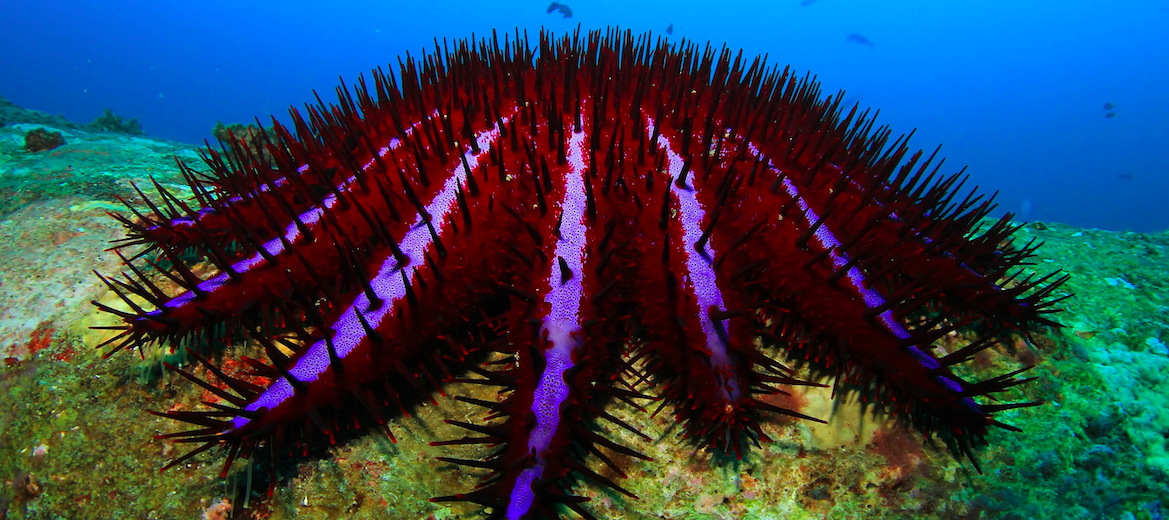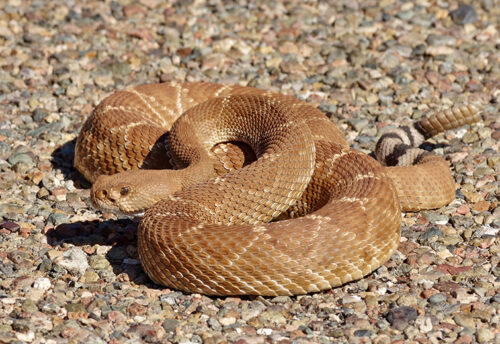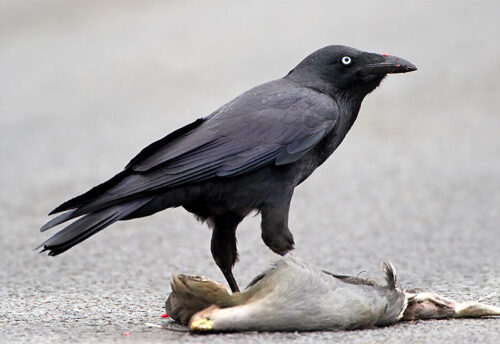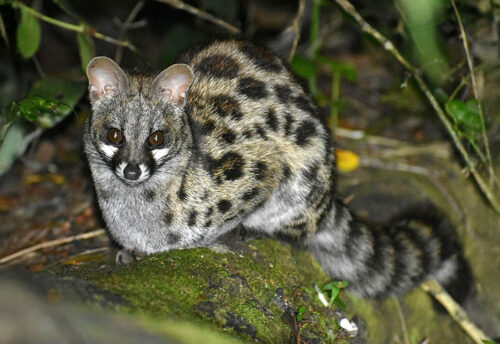
The crown-of-thorns sea star, aka “Bula”, is a destructive species that has caused a massive amount of destruction to reefs around tropical lagoons and deep water locations. These sea stars can be found in the Indo-Pacific Region; in places like Japan, the Red Sea, the South Pacific, and Australia. In the waters around the United States they can be found in Hawaii. They are one of the largest species of starfish. This article is on special request from RWP.
First the Stats…
Scientific name: Acanthaster planci
Weight: Up to 6.6 lbs.
Diameter: Up to 31.5 inches
Lifespan: Unknown
Now on to the Facts!
1.) This sea star has up to 23 arms!
2.) They prey on hard, stony, coral polyps.
3.) After they finish consuming the polyps of a coral species they leave what is called bleaching in their wakes. Bleaching is when a coral species dies, leaving only the white stony skeleton behind.
4.) Their primary predators are humphead wrasse, triggerfish, triton’s trumpet shell. Giant clams have been known to feed on the starfish’s larvae.
5.) Crown-of-thorns are nocturnal (active at night).
But wait, there’s more on the crown-of-thorns starfish!
6.) In moderation, these starfish will chow down on faster growing corals, allowing the slower growing corals to gain a foot hold. However, an infestation causes the death of both fast and slow-growing corals.
7.) Like other sea star species, the crown-of-thorns expels its stomach and it then covers a patch of coral. They then release digestive juices that help to dissolve the coral for digestion.
Did you know…?
The spikes that cover the crown-of-thorns starfish are not only sharp, but loaded with venom, called plancitoxin. Their venom causes vomiting, nausea, and severe pain!
8.) Overfishing for food, the pet trade, and the tourist trade has removed their natural predators in several areas, like the Great Barrier Reef, and this has caused an explosion of these predatory stars and massive damage to the protective corals.
9.) These suckers can really move, in sea star terms. They can move about at up to 12.5 mph.
10.) Females release up to 65,000,000 eggs during spawning season!
Now a Short Crown-of-Thorns Starfish Video!
Also, check out the Critter Science YouTube channel. Videos added frequently!
Want to suggest a critter for me to write about? Let me know here.



